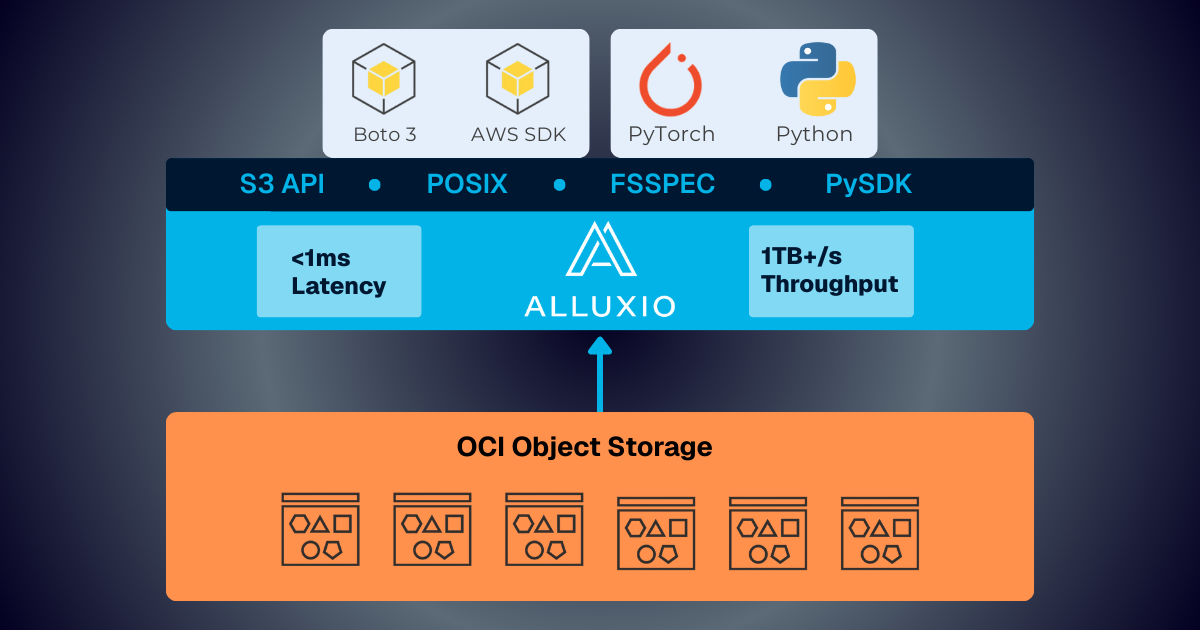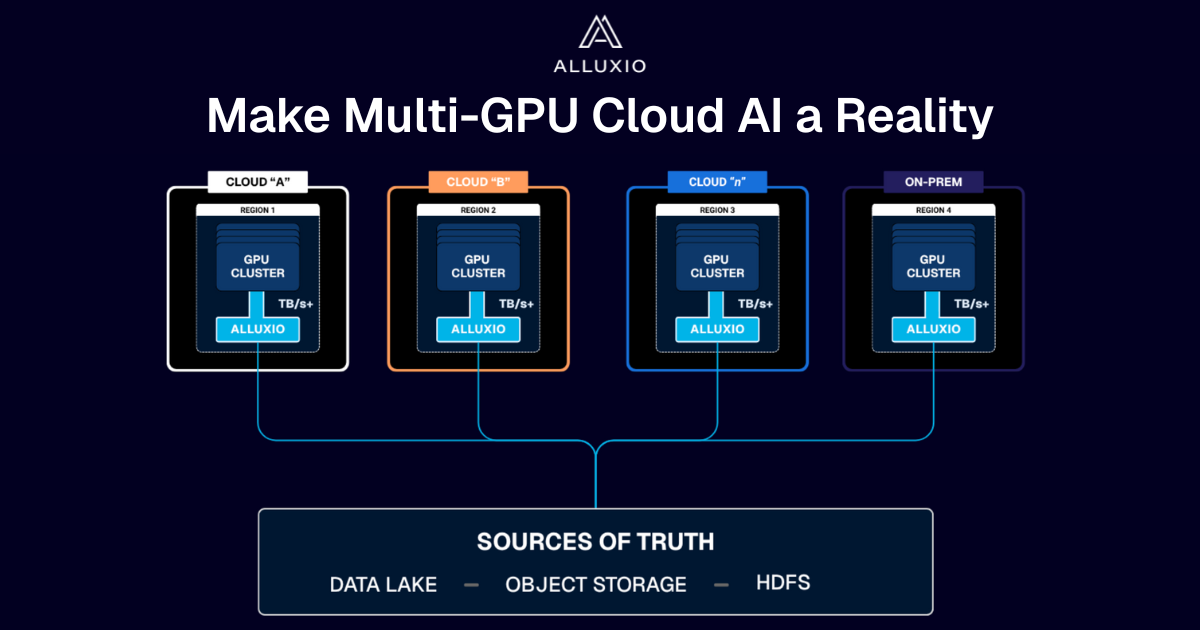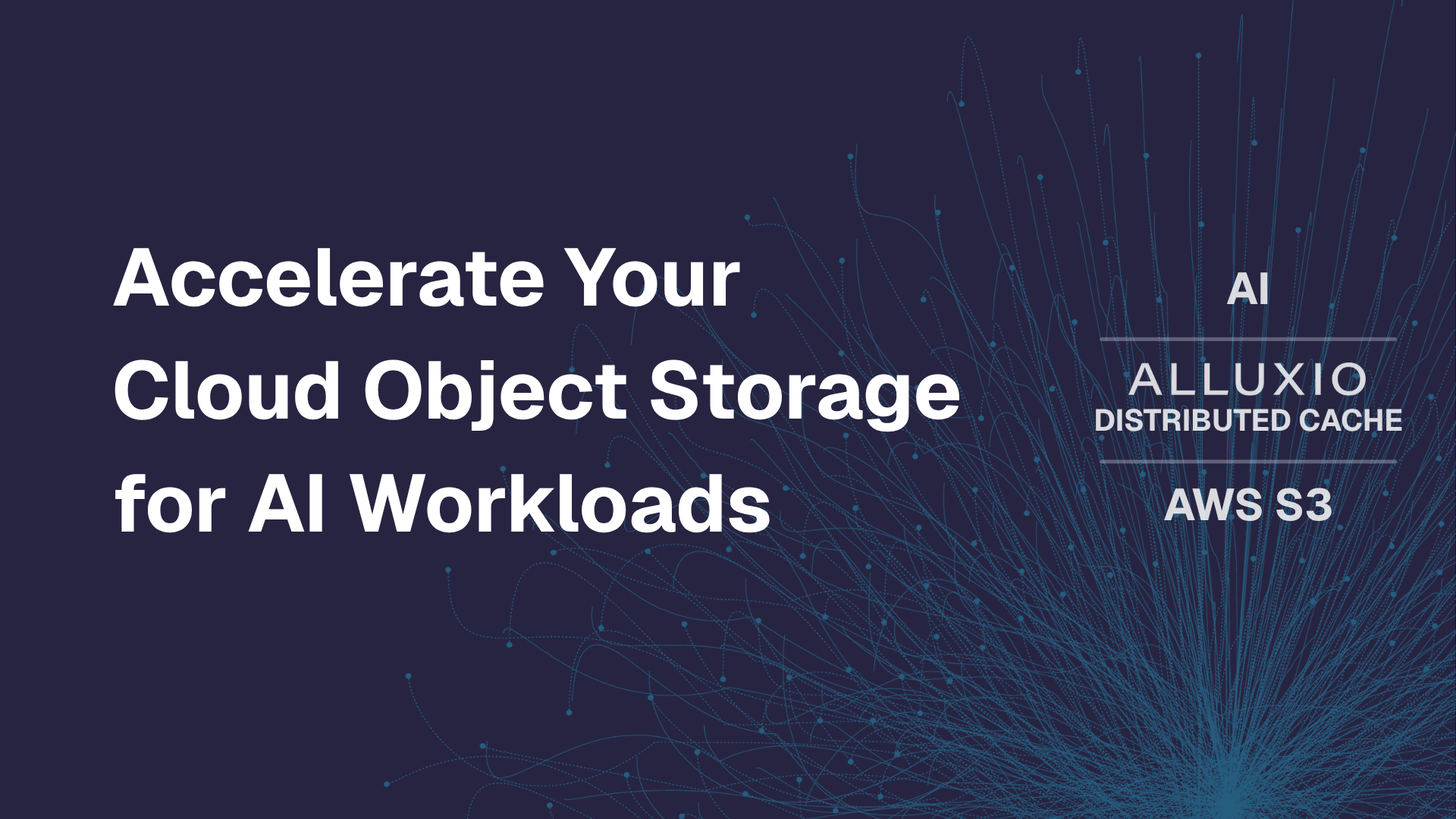Products
New Whitepaper Structured Big Data Federation
February 28, 2018
Enterprises are adopting big data technologies to analyze and derive insight from their growing volumes of structured and unstructured data. A familiar problem is the requirement to analyze data from multiple independent storage silos concurrently. In order to consolidate the data, large enterprises typically use custom solutions or build a data lake. These approaches present additional challenges and can be costly and time consuming. Alluxio helps organizations handle their big data by providing a unified view of all of the data in your enterprise – on premise, in the cloud, or hybrid. Applications access data using a standard interface to a global virtual namespace. Alluxio also employs a memory-centric architecture to enable data access at memory speed. With the combined unification and performance benefits, Alluxio can effectively provide big data federation for organizations by acting as a virtual data lake. We just published a whitepaper that goes into more detail on this common use case, you can access it here:Structured Big Data Federation Using Alluxio.
.png)
Blog

Alluxio and Oracle Cloud Infrastructure: Delivering Sub-Millisecond Latency for AI Workloads
Oracle Cloud Infrastructure has published a technical solution blog demonstrating how Alluxio on Oracle Cloud Infrastructure (OCI) delivers exceptional performance for AI and machine learning workloads, achieving sub-millisecond average latency, near-linear scalability, and over 90% GPU utilization across 350 accelerators.

Make Multi-GPU Cloud AI a Reality
If you’re building large-scale AI, you’re already multi-cloud by choice (to avoid lock-in) or by necessity (to access scarce GPU capacity). Teams frequently chase capacity bursts, “we need 1,000 GPUs for eight weeks,” across whichever regions or providers can deliver. What slows you down isn’t GPUs, it’s data. Simply accessing the data needed to train, deploy, and serve AI models at the speed and scale required – wherever AI workloads and GPUs are deployed – is in fact not simple at all. In this article, learn how Alluxio brings Simplicity, Speed, and Scale to Multi-GPU Cloud deployments.
Sign-up for a Live Demo or Book a Meeting with a Solutions Engineer
No items found.

